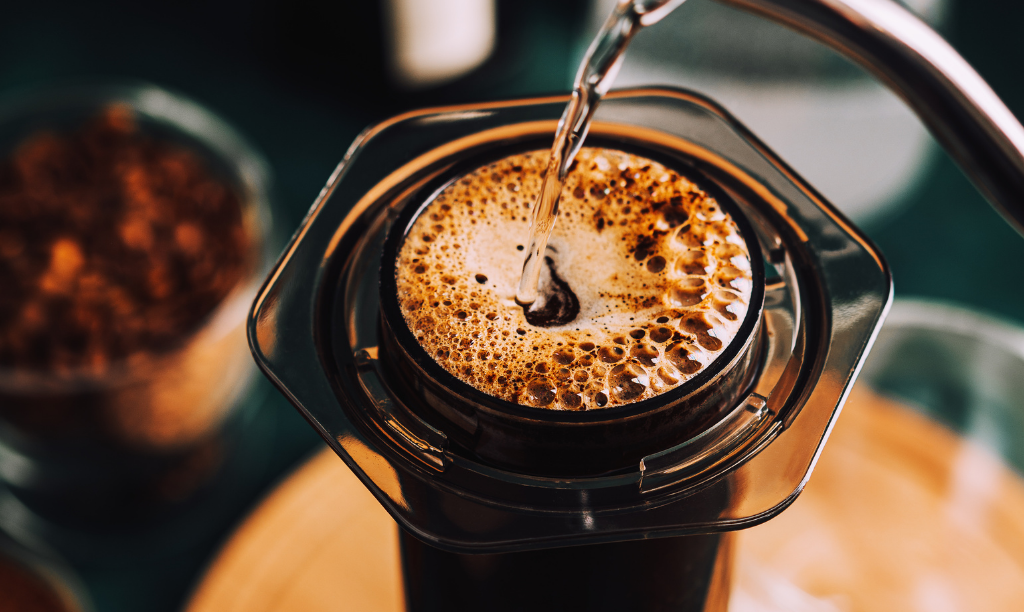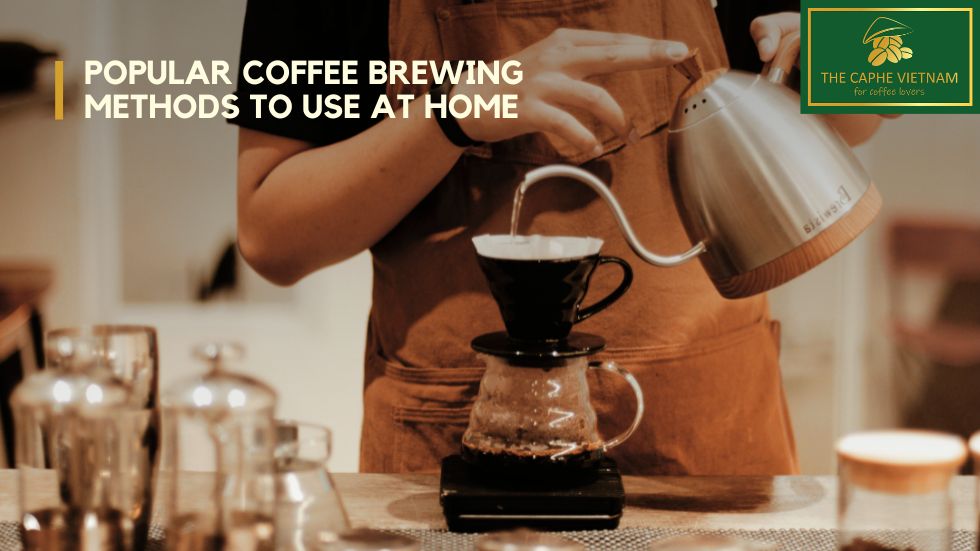Coffee Brewing Methods Debunked: From French Press to Cold Mixture
Coffee Brewing Methods Debunked: From French Press to Cold Mixture
Blog Article
Checking Out the Art of Coffee Brewing: A Comprehensive Guide to Refining Your Mug
The art of coffee brewing is a complex technique that combines science with personal expression, where the option of beans, water quality, and brewing techniques assemble to develop a polished sensory experience. Comprehending the nuances of different coffee beans, specifically the differences between Arabica and Robusta, is crucial for any enthusiast. The choice of suitable tools and meticulous attention to brewing parameters can substantially affect the last end result. As we discover these components, one must take into consideration exactly how even minor modifications can result in profound modifications in taste and scent-- what might these modifications expose regarding your excellent cup?
Comprehending Coffee Beans
To genuinely appreciate the art of coffee developing, one need to first recognize the fundamental component: coffee beans. These little seeds, usually derived from the Coffea plant, are crucial in figuring out the flavor account, scent, and overall quality of the brewed drink. Coffee beans mainly fall under two groups: Arabica and Robusta. Arabica beans, understood for their fragile flavors and higher level of acidity, are typically favored by lovers. In comparison, Robusta beans possess a more powerful, much more bitter taste and greater high levels of caffeine material, making them suitable for coffee blends.

In addition, the handling method-- whether washed, natural, or honey-- influences the beans' last taste. Understanding these components enables brewers to select the ideal beans that align with their liked taste account, inevitably boosting the coffee brewing experience. coffee brewing methods. This understanding is crucial for any individual aiming to understand the craft of making the perfect cup of coffee
Developing Techniques Described
Lots of fanatics locate that the choice of developing method considerably impacts the final flavor and aroma of their coffee. Each technique takes advantage of various removal strategies, influencing the coffee's personality and splendor.
Drip brewing, among one of the most preferred techniques, uses a device to drip warm water through ground coffee, producing a clean and constant cup. French press, on the other hand, immerses coffee premises in warm water, permitting a fuller body and more durable flavor, as oils and great fragments stay in the brew.
Pour-over developing supplies a careful method, where water is by hand poured over coffee premises, enabling exact control over removal time and temperature, causing a nuanced and bright mug.
Coffee, a focused coffee made under pressure, is recognized for its solid flavor and luscious texture, working as the base for different coffee beverages, consisting of cappuccinos and cappucinos.
Necessary Devices Required
What devices is crucial for making a terrific cup of coffee? The structure of any effective coffee developing process lies in high quality equipment customized to your preferred technique. To start with, a reliable coffee mill is essential; freshly ground beans dramatically enhance taste and aroma. Choose a burr grinder, which makes sure consistent particle dimension, essential for ideal removal.
Following, consider your developing tool. Options range from drip coffee manufacturers and pour-over arrangements to French presses and coffee equipments. Each approach offers unique taste profiles and brewing methods, so select one that straightens with your preference choices.
An exact range is additionally invaluable, allowing see this you to measure coffee and water accurately, which is essential for uniformity. Additionally, a thermometer can help keep track of water temperature level, as it directly influences extraction quality.
Mastering Water Quality
The quality of water used in developing coffee plays a substantial duty in determining the final flavor profile of the mug. Different aspects contribute to water top quality, consisting of mineral web content, pH degree, and overall pureness. Preferably, water ought to be without contaminations and this website pollutants, as these can detrimentally affect the taste of coffee.
Minerals, such as calcium and magnesium, improve the extraction of flavors from the coffee grounds, while preserving a well balanced pH degree-- around 6.5 to 7.5-- is important for optimal removal. Water that is as well soft might bring about under-extraction, leading to sour or weak flavors, while excessively tough water can create a bitter or harsh mug.
For the best outcomes, filtered water is suggested, as it reduces the existence of chlorine and other unfavorable materials commonly found in faucet water. Additionally, take into consideration utilizing water with a Total Dissolved Solids (TDS) level in between 150-200 ppm, which is generally excellent for coffee brewing. By understanding water quality, you can lay a strong foundation for attaining a regularly superb cup of coffee, permitting the unique characteristics of your chosen beans to radiate through.

Tips for Taste Enhancement
Enhancing the taste of your coffee can substantially elevate your brewing experience and draw out the one-of-a-kind nuances of your chosen beans. To accomplish this, take into consideration numerous essential aspects that affect taste.
First of all, the grind size plays a vital duty. A finer grind enhances removal, causing bolder tastes, while a coarser work returns a milder mug. coffee brewing methods. Readjust your grind according to your brewing technique to accomplish optimal outcomes
Second of all, trying out mixture time. Over-extraction can lead to bitterness, while under-extraction lead to a sour taste. Goal for a brew time that balances these extremes, typically between two to four minutes, depending upon your method.
Additionally, temperature is an important aspect. Brewing with water that is too warm can blister the coffee, while water that is also trendy might fall short to remove ample flavor. The optimal temperature variety is 195 ° F to 205 ° F(90 ° C to 96 ° C)
Final Thought) )))) In final thought, the art of coffee brewing is a complex method that needs a deep understanding of different elements, including bean selection, developing techniques, and water quality. Proficiency of crucial tools and interest to detail in grind dimension, brew time, and temperature level are vital for accomplishing ideal extraction. By incorporating these elements, coffee enthusiasts can boost their brewing strategies, causing a cup that not only pleases personal preferences yet also showcases the abundant intricacy of coffee flavors.
The art of coffee developing is a multifaceted self-control that merges science with individual expression, where the option of beans, water view publisher site top quality, and developing techniques converge to produce a polished sensory experience.To really value the art of coffee brewing, one need to initially recognize the fundamental component: coffee beans. Brewing with water that is also warm can burn the coffee, while water that is as well cool may fall short to extract appropriate flavor. In final thought, the art of coffee developing is a complex practice that needs a deep understanding of numerous elements, including bean option, brewing techniques, and water quality. By incorporating these components, coffee lovers can boost their developing techniques, resulting in a cup that not only satisfies personal preferences however additionally showcases the abundant complexity of coffee flavors.
Report this page